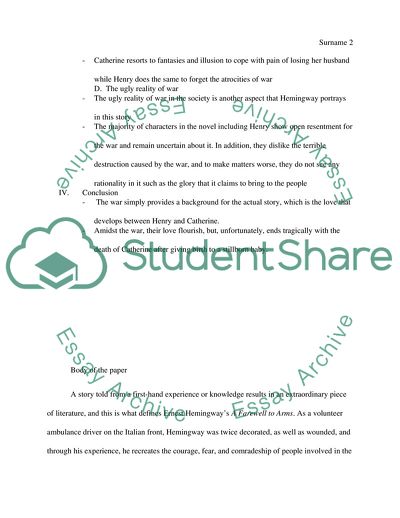Cite this document
(Anaslysis of A Farewell to Arms by Ernest Hemingway Book Report/Review, n.d.)
Anaslysis of A Farewell to Arms by Ernest Hemingway Book Report/Review. https://studentshare.org/literature/1826527-a-farewell-to-arms-by-ernest-hemingway-literary-essay
Anaslysis of A Farewell to Arms by Ernest Hemingway Book Report/Review. https://studentshare.org/literature/1826527-a-farewell-to-arms-by-ernest-hemingway-literary-essay
(Anaslysis of A Farewell to Arms by Ernest Hemingway Book Report/Review)
Anaslysis of A Farewell to Arms by Ernest Hemingway Book Report/Review. https://studentshare.org/literature/1826527-a-farewell-to-arms-by-ernest-hemingway-literary-essay.
Anaslysis of A Farewell to Arms by Ernest Hemingway Book Report/Review. https://studentshare.org/literature/1826527-a-farewell-to-arms-by-ernest-hemingway-literary-essay.
“Anaslysis of A Farewell to Arms by Ernest Hemingway Book Report/Review”. https://studentshare.org/literature/1826527-a-farewell-to-arms-by-ernest-hemingway-literary-essay.


